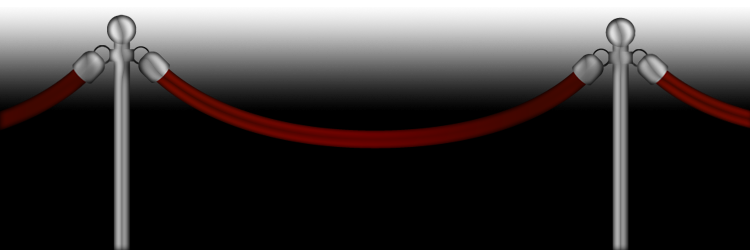 Back to Index
Back to Index
Last Adam Theatre

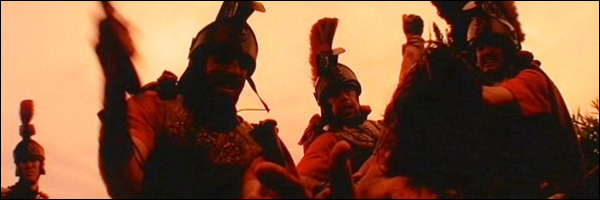

After the disorienting journey into the bowels of the museum, with no sense of direction save for the vague sensation of spiraling downward, you must experience the Last Adam Theater to move on; as we entered, we were conscious of having been funneled here by the museum's architecture. Once this small theater was full and we had received a brief introduction from a staff member, we were immersed in total blackness. The resulting isolation and further disorientation, however, was soon filled by the sublime cinematography of The Last Adam, the powerful and highly manipulative video that is the climax of The Creation Museum.
After being peppered beyond saturation with fundamentalist Christian messages for roughly 2 hours, it was clear that The Last Adam was designed to close the deal by reeling in the faithful more deeply and hooking the spiritually vulnerable. This became even more obvious after the video had ended when the staff host concluded, "If you would like to discuss anything you have seen in this presentation, we have staff who would like to discuss with you." Clearly, the entire Last Adam event is itself a set-up - and they even have a chapel adjacent to The Last Adam Theater (still under construction during our visit), presumably for such meetings.
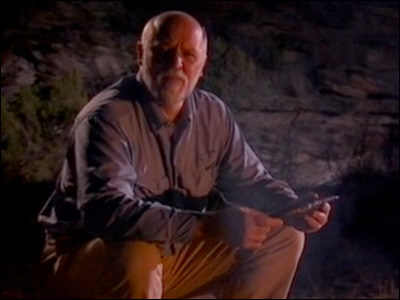

As for the "anything you have seen", this video begins with our now familiar archeologist narrator (an actor posing as an archeologist who believes, that is...) sitting around a campfire after dark. The warmth of the crackling fire and narrator's gentle voice - sincere, kind, passionate, and caring - are inviting, intimate, and seductive. The soundtrack, background but anthematic, gives this scene a larger importance, and it is so tempting to buy into the belief that this production is authentic rather than pure smoke and mirrors - this is canned music, with actors delivering a script in front of carefully staged artificial lighting (designed to look like a real campfire and real crucifixion, and so on), special effects invoking real settings, the spiritual sublime, and the supernatural so seamlessly, and of course a totally contrived script; every measure has been taken to persuade the viewer of the authenticity and legitimacy of this production so that its message also becomes assimilated as real.
To achieve this end of sharpening or deepening belief, and potentially even achieving the homerun of actual conversion via the religious experience of this video (within the larger context of the museum as a whole) The Last Adam pulls out all the stops:
 The narrator, an actor, poses as an actual Christian archeologist who demonstrates his knowledge via commentary about a Tyrannosaurus tooth - who better to believe and trust than an expert from the sciences who professes his faith?
The narrator, an actor, poses as an actual Christian archeologist who demonstrates his knowledge via commentary about a Tyrannosaurus tooth - who better to believe and trust than an expert from the sciences who professes his faith?
 The Bible, quoted repeatedly, is of course conceived as the sole work that contains THE entire worldview, and thus becomes a whole paradigm for all thought, all truth.
The Bible, quoted repeatedly, is of course conceived as the sole work that contains THE entire worldview, and thus becomes a whole paradigm for all thought, all truth.
 The script and accompanying visual story delivers a simple message through a simple story explaining salvation - the genre here is much like a documentary on the History or Discovery Channels, whose conventions give the production the appearance of credibility.
The script and accompanying visual story delivers a simple message through a simple story explaining salvation - the genre here is much like a documentary on the History or Discovery Channels, whose conventions give the production the appearance of credibility.
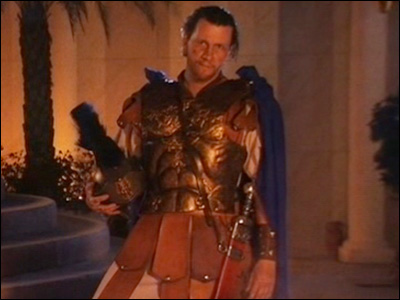

 Mary (an actor), a Roman Centurion (also an actor!), take over the narration of the life and death of Jesus Christ, transporting us inside the actual unfolding of the essential Christian story – this is a powerful way of telling (and explaining) a story so that it becomes real, and it is easy to forget that every aspect of this is carefully produced.
Mary (an actor), a Roman Centurion (also an actor!), take over the narration of the life and death of Jesus Christ, transporting us inside the actual unfolding of the essential Christian story – this is a powerful way of telling (and explaining) a story so that it becomes real, and it is easy to forget that every aspect of this is carefully produced.
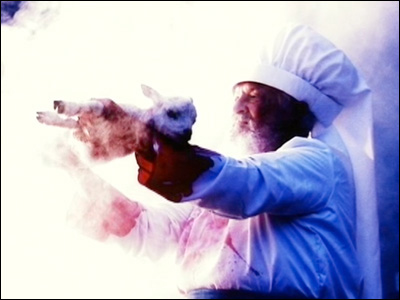

 The sacrifice of lamb and Jesus are shown close up, complete with copious blood, chanting, gruesomeness, and every effort to illustrate death and pain, making viewers feel simultaneously sad and scared – this is designed to speak to us viscerally, showing us that lack of faith is equated with death, but that faith is equated with eternal life.
The sacrifice of lamb and Jesus are shown close up, complete with copious blood, chanting, gruesomeness, and every effort to illustrate death and pain, making viewers feel simultaneously sad and scared – this is designed to speak to us viscerally, showing us that lack of faith is equated with death, but that faith is equated with eternal life.
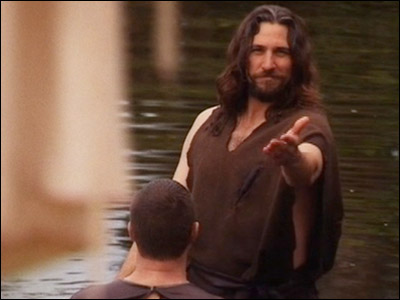

 The performance ends with "The good news: God unfolded his plan.. it doesn't end with death at all... Jesus conquered death... He is not here for he has risen... All things will be made new... The first Adam brought sin and death into the world… the Last Adam brings life to the world…God gives us the opportunity to start over again, spotless and clean… God’s message is here to respond to, to let it change us, and share it with others… Repent therefore and be saved”. This is a powerful and compelling message delivered through intertwined commentary from our faithful narrator and scripture, and of course is designed as yet another set-up for meeting spiritual counselors after exiting the The Last Adam Theater.
The performance ends with "The good news: God unfolded his plan.. it doesn't end with death at all... Jesus conquered death... He is not here for he has risen... All things will be made new... The first Adam brought sin and death into the world… the Last Adam brings life to the world…God gives us the opportunity to start over again, spotless and clean… God’s message is here to respond to, to let it change us, and share it with others… Repent therefore and be saved”. This is a powerful and compelling message delivered through intertwined commentary from our faithful narrator and scripture, and of course is designed as yet another set-up for meeting spiritual counselors after exiting the The Last Adam Theater.
As a whole, this short film about the life and death of Christ functions as the do or die moment for the museum. If you've been sufficiently digested by the museum this is where you are finally absorbed, if not, then you may just pass through the exit doors. Either way you will not pass through untouched, indeed each visitor is stripped of important nutrients to help feed the conversion machine. Those who are not converted have still contributed to the continued health of the museum with their monetary “donation”, i.e., buying their ticket and perhaps purchasing a memento at the Dragon Hall Bookstore, which all visitors are conveniently funneled through at the conclusion of their experience. Of course, the prize of the museum is the convert; the individual who will go out into the world and spread the Word (along with their continued monetary contributions).
The goal of the piece is to help the visitor relive the entire museum experience and to finally reveal the museums ultimate purpose, all within a period of about fifteen minutes. This may seem like a daunting task, and it would be if this were truly a museum in the traditional sense of the word. Imagine being tasked with producing a fifteen-minute film that rehashed the entire contents of the Smithsonian, or any museum for that matter. It is not only possible to do this with the Creation Museum, it has been done and done very well. What is revealed to the critical eye is that there is not much to the museum experience. That does not, however, reduce the impact and power of the experience, in fact, it may be the source of its strength.
The museum itself turns us inward to dwell on, perhaps more importantly despair over, our most basic needs: the need for security, the need for belonging, and the need for purpose. What’s revealed in the museum is that in a culture without God none of these needs can be met. The Last Adam delivers, magically, the solution to the fulfillment of each
of these needs in a tidy little package. The answers, we find out, are not within us, but are external to us in Genesis, in God.
(top)


